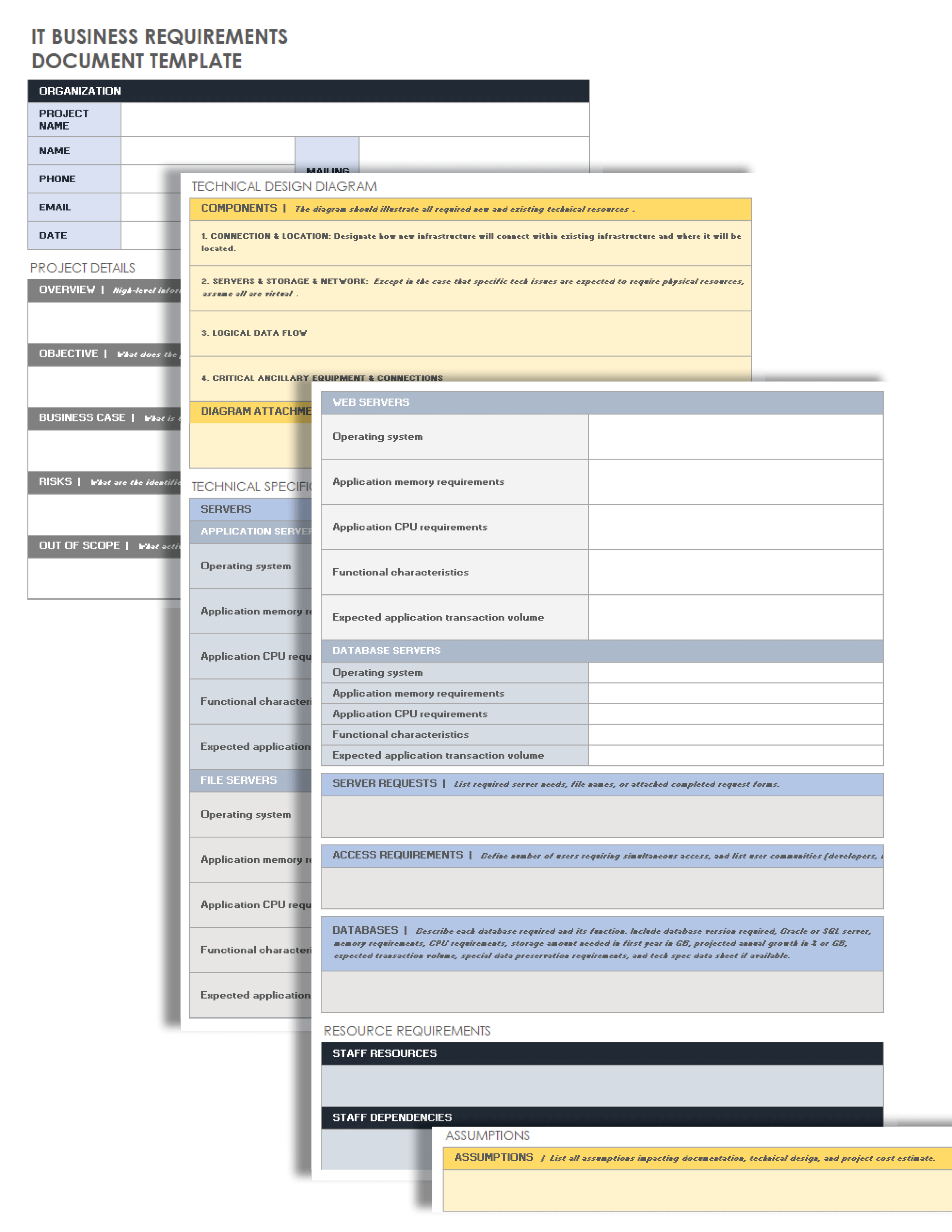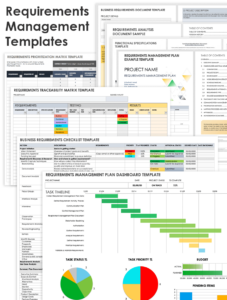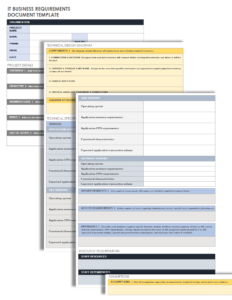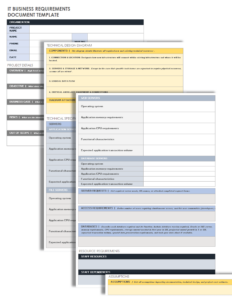SCRUM is an agile project management framework that allows teams to work more efficiently, effectively, and flexibly. It is based on the idea of iterative and incremental development, where user stories are broken down into smaller tasks that can be completed in short periods (sprints).
The scrum business requirements template provides a structured way to capture and manage user stories. It includes fields for the user story title, description, acceptance criteria, and priority. This template can be used to create a shared understanding of the business requirements between the product owner, development team, and stakeholders.

Benefits of a Scrum Business Requirements Template
There are several benefits to using a scrum business requirements template, including:
- Improved communication: The template provides a common language for the product owner, development team, and stakeholders to discuss and agree on the business requirements.
- Increased efficiency: The template helps to streamline the requirements gathering and analysis process, which can save time and effort.
- Improved quality: The template helps to ensure that the business requirements are complete, consistent, and testable.
- Increased agility: The template allows the team to adapt to changing requirements quickly and easily.
- Greater transparency: The template provides a single source of truth for the business requirements, which makes it easier for everyone involved in the project to track progress and make informed decisions.
How to Use a Scrum Business Requirements Template
To use a scrum business requirements template, follow these steps:
- Identify the business requirements. The first step is to identify the business requirements that need to be captured. This can be done through interviews with stakeholders, workshops, or other methods.
- Create user stories. Once the business requirements have been identified, they should be broken down into user stories. User stories are short, informal descriptions of a feature or functionality that a user wants to see in the product.
- Populate the template. The user stories should then be populated into the scrum business requirements template. The template should include fields for the user story title, description, acceptance criteria, and priority.
- Review and refine. The scrum business requirements template should be reviewed and refined by the product owner, development team, and stakeholders. This process should continue until everyone involved in the project is satisfied with the requirements.
- Use the template during development. The scrum business requirements template can be used during development to ensure that the team is building the product according to the requirements. The template can also be used to track progress and make adjustments as needed.
Conclusion
The scrum business requirements template is a valuable tool for agile teams. It can help to improve communication among team members and with stakeholders, increase efficiency, improve quality, and increase agility. If you are using SCRUM for project management, I recommend using a scrum business requirements template.
In addition to the benefits listed above, a scrum business requirements template can also help to reduce the risk of project failure. By ensuring that the team has a clear understanding of the requirements, it is less likely that they will build the wrong product or that the product will not meet the needs of the users.


